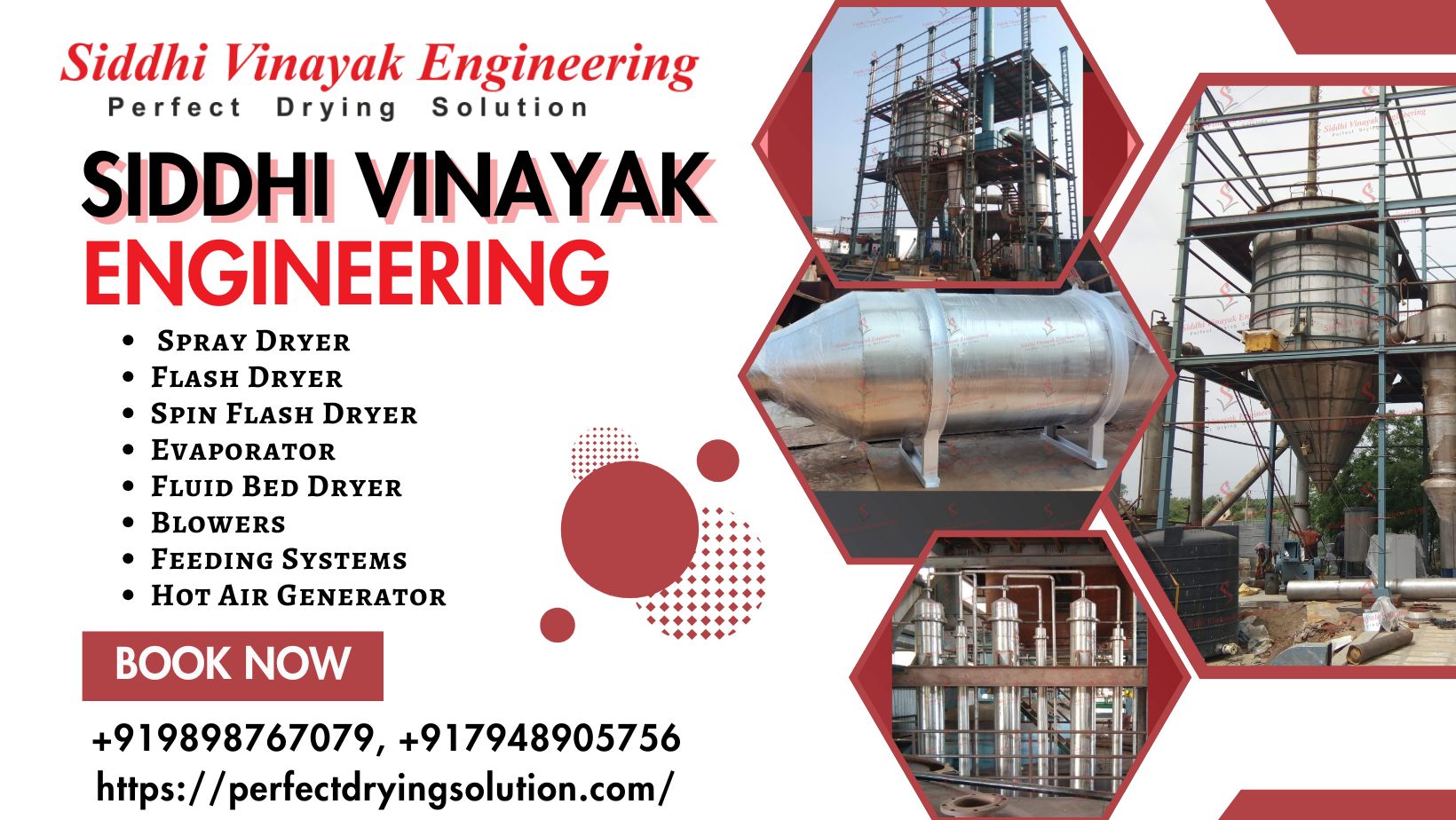
Indirect Wood Fired Hot Air Generator
Indirect Wood Fired Hot Air Generator
Product Description
An Indirect Wood Fired Hot Air Generator is a thermal heating system designed to produce clean, hot air using wood or biomass as fuel, without contaminating the heated air with combustion gases. The heat generated from the burning process is transferred through a heat exchanger, ensuring only clean air enters the process area. This makes it ideal for industries requiring pollution-free hot air, such as food drying, textile, pharmaceuticals, paper, agriculture, and ceramics.
Significance
In sectors where contamination from combustion fumes is unacceptable, indirect heating is essential. This system allows you to:
-
Use low-cost renewable fuel (wood/biomass) while maintaining air purity.
-
Operate in remote or off-grid areas where other fuels (gas, diesel) are unavailable or costly.
-
Ensure safety and environmental compliance, particularly in food-grade or cleanroom processes.
Technical Features
-
Fuel Type: Firewood, biomass briquettes, sawdust blocks
-
Capacity Range: 50,000 to 15,00,000 kcal/hr (customizable)
-
Combustion Chamber: High-grade refractory lined furnace for complete combustion
-
Heat Exchanger: Stainless steel (SS304/SS316) or mild steel tubular/plate design
-
Air Temperature: Adjustable from ambient to 300°C (higher on request)
-
Air Flow: Axial/centrifugal fan driven by electric motor
-
Control Panel: Temperature controller, safety thermostat, fuel feed monitoring
-
Chimney: Integrated stack with pollution control (cyclone/dust collector optional)
-
Safety Features: Overheat cut-off, flame arrestor, manual/auto fuel feeding
Benefits of Use
-
Clean, Contaminant-Free Hot Air: Ideal for sensitive drying applications (e.g., food & pharma)
-
Low Fuel Cost: Uses wood or biomass, which are cost-effective and sustainable fuels
-
High Thermal Efficiency: Indirect design ensures more usable heat with minimal waste
-
Environmentally Friendly: Reduces carbon footprint compared to fossil-fuel systems
-
Versatile Applications: Suitable for drying, roasting, heating chambers, curing ovens
-
Easy Installation & Operation: Plug-and-play system with simple operation panel
-
Durability & Longevity: Heavy-duty construction for long-term operation
-
Can Operate in Remote Areas: No dependence on electricity or gas supply grids
Product Materials Used
-
Furnace Body: Heavy-duty mild steel or carbon steel with ceramic or refractory lining
-
Heat Exchanger: Stainless steel (SS304 or SS316) for hygiene-critical applications
-
Chamber Insulation: High-grade ceramic wool/mineral wool for heat retention
-
Outer Casing: Powder-coated or galvanized mild steel for corrosion resistance
-
Grate and Fuel Bed: Cast iron for high-temperature durability
-
Fan Assembly: Industrial-grade aluminum or stainless-steel impellers
Why Choose Us?
-
25+ Years of Industry Experience in thermal engineering
-
In-house R&D ensures constant innovation and efficiency improvements
-
Custom Design Capability for different industries and heating requirements
-
ISO 9001:2015 Certified Manufacturing
-
Turnkey Installation & Commissioning Services
-
24/7 After-Sales Support
-
Eco-Friendly, Energy-Efficient Systems
-
Heavy-duty Construction for Long Operational Life
-
Over 500 Successful Installations Across India & Abroad
Frequently Asked Questions (FAQs)
1. What is an Indirect Wood Fired Hot Air Generator?
An indirect hot air generator burns wood or biomass in a separate combustion chamber, transferring heat through a heat exchanger, so the process air never mixes with combustion gases—ensuring clean and safe hot air.
2. What industries use this equipment?
Primarily used in food drying (herbs, grains, spices), pharmaceuticals, textiles, pulp & paper, paint booths, chemical processing, agriculture, and ceramic industries.
3. How is it different from a direct hot air generator?
In a direct system, combustion gases mix with process air, which may be unsafe for food or pharma. In an indirect system, the hot air is 100% clean, making it ideal for contamination-sensitive applications.
4. What fuel can be used?
Any solid biomass: firewood, sawdust briquettes, agro-waste pellets, coconut shells, and even certain processed waste woods.
5. How efficient is the system?
Typical thermal efficiency ranges from 75% to 85%, depending on fuel quality and system design. Our models are optimized for low fuel consumption and maximum heat transfer.
6. Is the hot air temperature adjustable?
Yes. The system has thermostatic control and manual override options to adjust the output temperature between ambient to 300°C or higher depending on model.
7. What is the maintenance requirement?
Basic maintenance includes:
-
Weekly cleaning of ash/dust buildup
-
Monthly inspection of heat exchanger and fans
-
Annual servicing of the refractory chamber
We offer Annual Maintenance Contracts (AMCs) for hassle-free upkeep.
8. Is it safe to use indoors?
Yes, it includes safety features like chimney exhaust systems, overheat protectors, and fuel feed control, ensuring it is safe for indoor installation in industrial environments.
9. Do you offer installation support?
Absolutely. We offer turnkey services, including site inspection, design customization, installation, commissioning, and operator training.
10. What is the expected lifespan of the machine?
With proper maintenance, the system can operate efficiently for 10–15 years or more, especially if built with stainless steel heat exchangers and proper insulation.
Conclusion
An Indirect Wood Fired Hot Air Generator is an environmentally sustainable, cost-effective, and safe solution for industries that require clean and efficient heating. Whether you're drying food products, curing paints, or heating a cleanroom, our system ensures reliable operation, minimal running costs, and zero contamination. With a robust design, excellent after-sales support, and deep customization options, we offer more than a machine—we deliver a dependable thermal solution that supports your growth.

